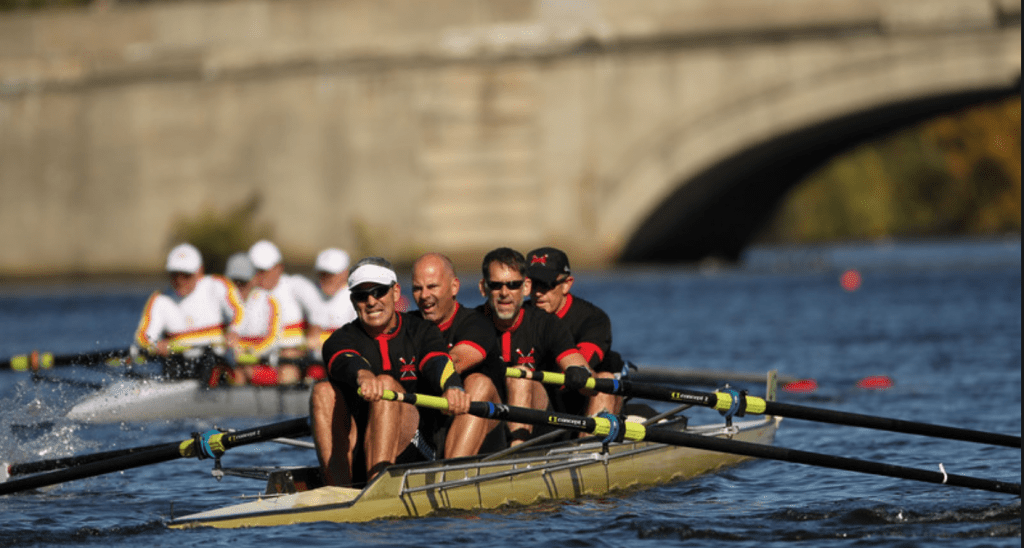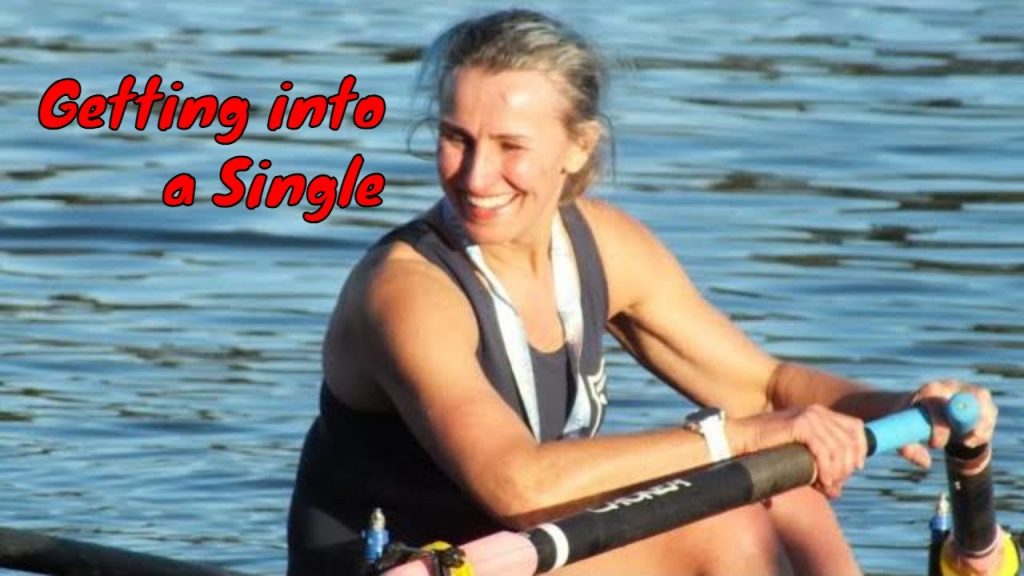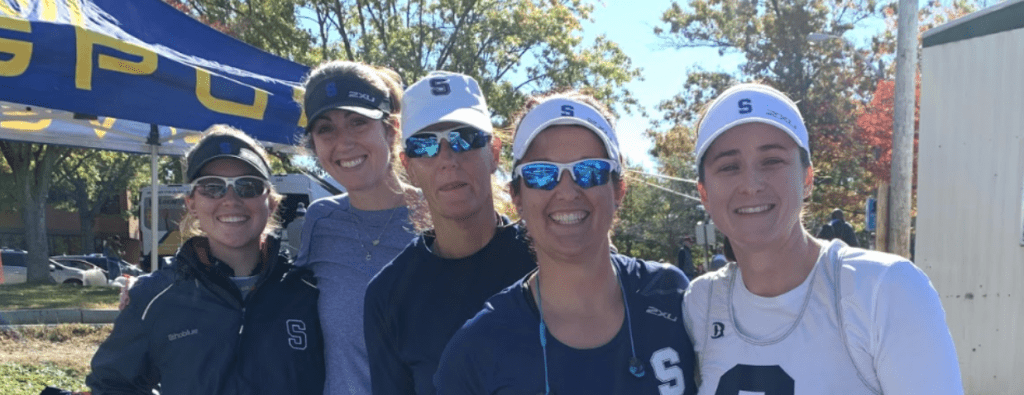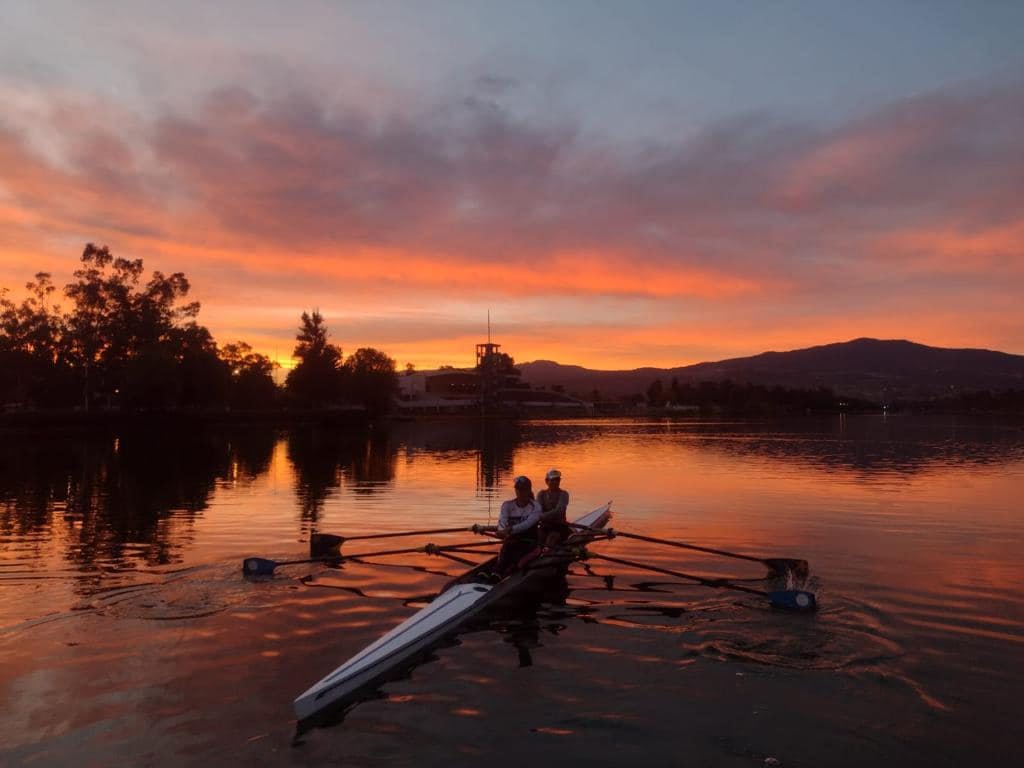9 ways to turn a rowing boat around
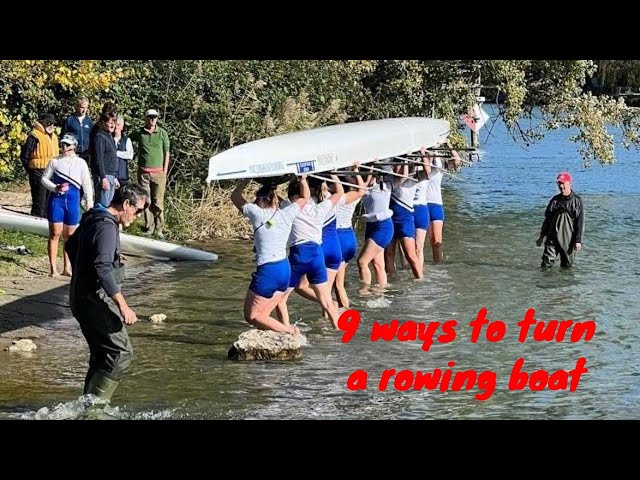
Different situations call for different turning methods. I bet there’s at least one you haven’t tried yet.
Timestamps
00:45 Turning a boat sounds easy What is your goal when turning the boat? Where you are on the water now and where do you want to get to after the turn. Consider the local rules of the river / navigation.
03:00 Slide length – half slide or full slide rowing to turn the boat. Half the crew can row on bow/starboard and the others back down on strokeside/port. Consider the catch angle – the more acute it is the bow will turn faster.
04:15 Simultaneous or alternating strokes for your turning.
If alternating ensure the other side is ready to start as soon as the other side has finished. In sculling, let your resting side follow the other hand out to the catch and then it’s in the right place to take the next stroke. This make the turn faster – less delay between strokes. Important if there’s a current pushing the boat. Invest in yourself
Rowing VIP Day – invest in yourself.
10:45 A drag turn – around a large arc of a circle.
One side holds water and the other side rows. A shorter arc drag turn – only use the stern athletes checking water – so the retarding force is in the stern of the boat. Then have the athletes rowing be only in the bows to tighten the turn.
12:20 Chop turn – sit stationary legs and arms straight. One side turns the blades upside down and you lift your handles up and down. The curvature of the blades will slowly start to turn the boat. 13:20 Use end pairs to turn. In an eight have 8&6 back down and 1&3 row on. The middle athletes hold the boat stable while those with the most leverage are rowing.
14:20 Use the current on a river – start to turn the bows into the current so it’s in the stream, that force pushes the bows around when turning into the stream (to go with the stream after the turn).
15:50 Checking water
The fastest way to stop a moving rowing boat – bury a feathered blade under the water. It quickly brakes and as the boat slows you can gradually square. This is an emergency stop method. If you try to check with a squared blade the speed of the water tends to push your oar out of the water. Using a feathered blade is my preferable method to check the boat.
17:30 Counter-feathering
Place the tip of the oar onto the water, blade feathered (the wrong way up). When backing down you can either do this with the oar upside down or with the oar the right way around. There are different advantages. The counter-feather makes it easier to keep the boat balanced on the backing side of the boat. Allows you to keep the boat level while turning and helps guide spatial awareness of where your oar tip is in space (if it’s touching the water, you know).
20:15 Turning coxed boats
Turn the rudder in the direction of the turn. Get a good turn by starting the turn just as the crew finishes rowing. As they stop, think about your destination at the end of the turn. Easy at high balance – the boat runs on unchecked. You start to turn and then get the side of the boat on the inside of the turn to check it / hold water using the feathered water. This helps get about a third of the turn done before your crew starts backing. This shows your intent to other crews who are around you so they know what you’re doing.
Want easy live streams like this? Instant broadcasts to Facebook, YouTube, LinkedIn. Faster Masters uses StreamYard: https://streamyard.com/pal/d/5694205242376192
